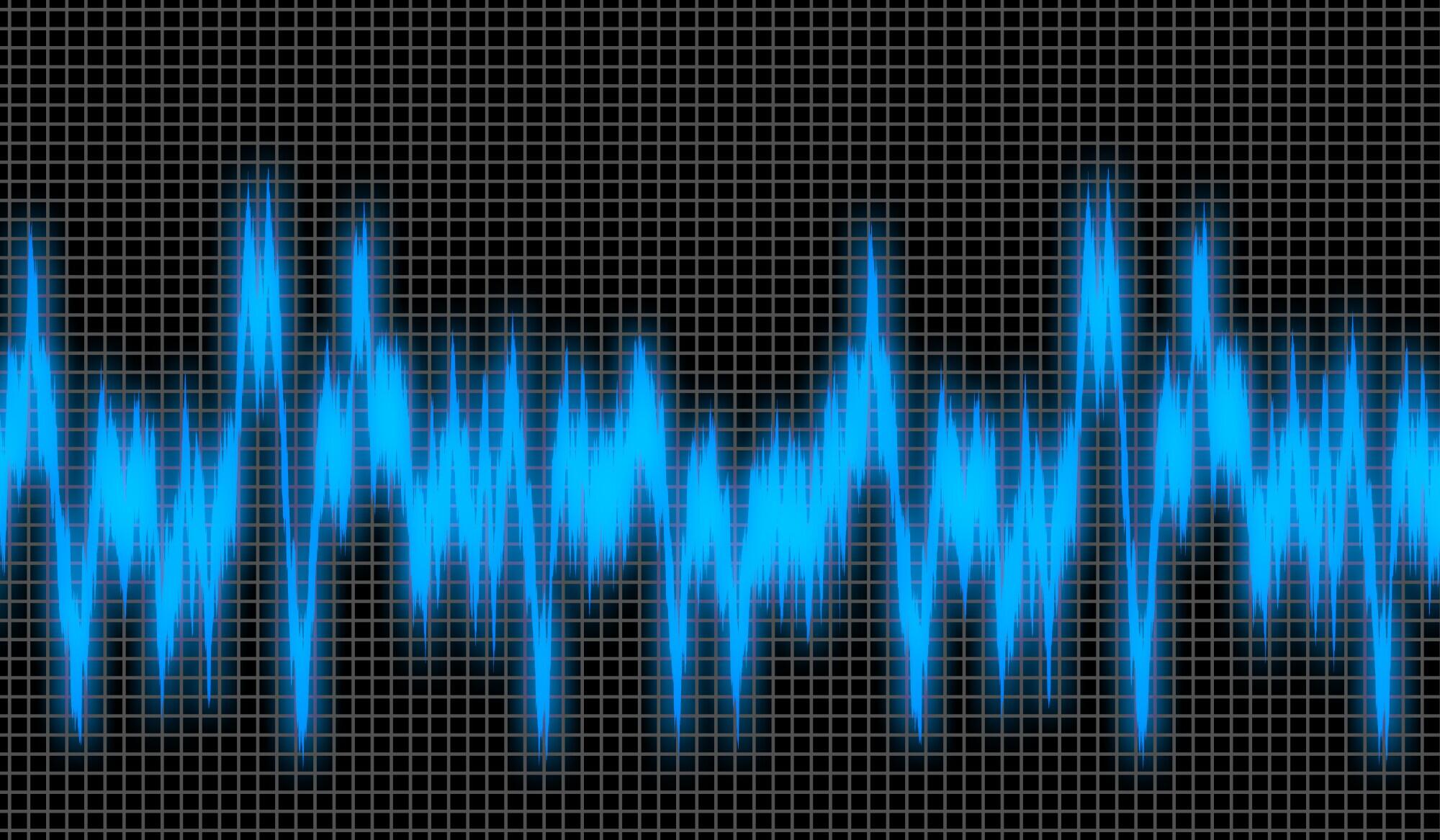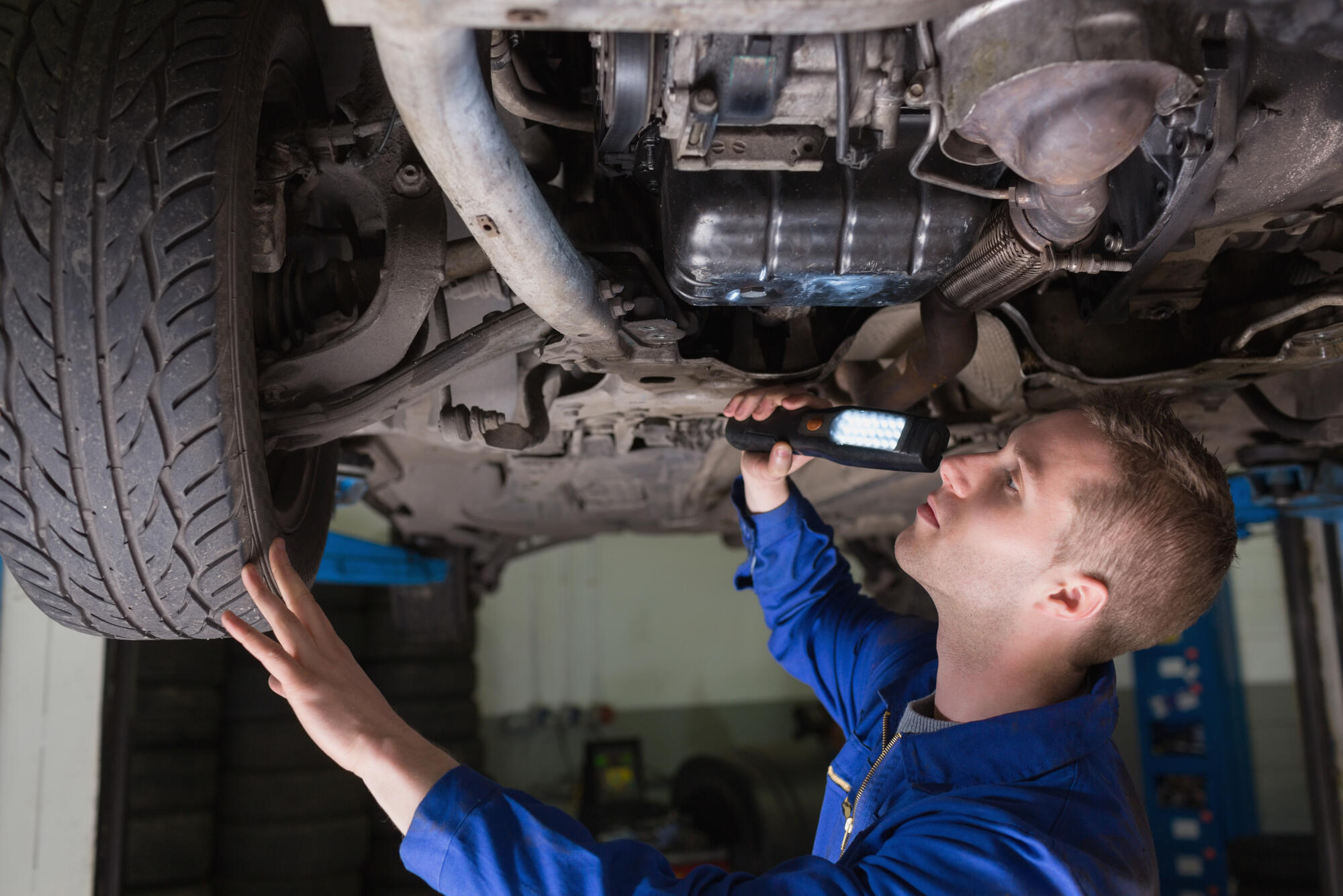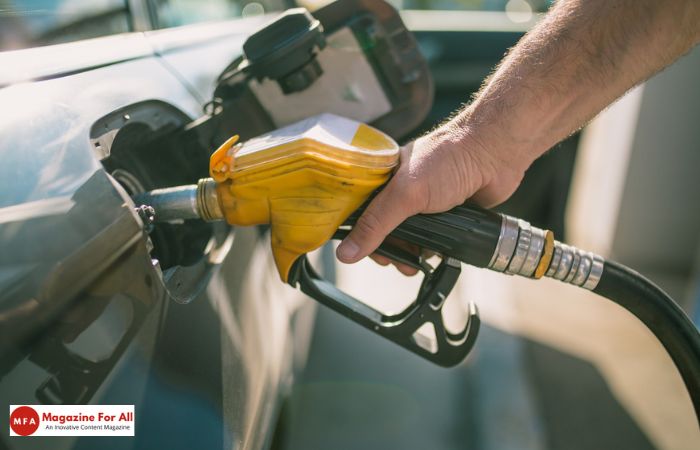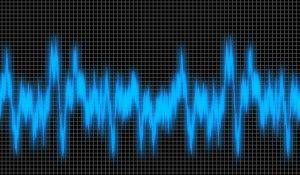Signs of poor engine performance are rarely about the engine itself when you really look at things. Often, those issues have to do with the fuel delivery, either with the fuel pump itself or the system of sensors that help your car calculate the right fuel/air ratio. If you can’t get the right mix, you simply won’t get the right engine performance.
Table of Contents
Common Symptoms of Fuel Pump Issues
Fuel pump issues can be tough to diagnose because the symptoms are obvious, but they are also symptoms that overlap with many other fuel and exhaust-related problems. The more of these symptoms you experience, the more likely it is the fuel pump, but an engine diagnostic with a code reader can help you eliminate other possibilities like faulty sensors.
- Increases to your engine’s operating temperature
- Power loss during acceleration
- Issues starting
- Decreased fuel efficiency
- Engine misfires
The solution to many fuel pump issues is the installation of a new pump, so if you have already tracked the problem down, it’s a good idea to check out your options for a Ford F150 fuel pump replacement instead of looking for quick fixes. That being said, there are a few things to check out before you order an expensive part.
Clogging or Leaking Fuel Pumps
Most fuel pump issues come down to clogged filters or leaky pumps due to pump seals. In some of these cases, replacing seals and changing the filter can fix the issue. Many vehicle owners do not have this option, though. That is because many pump designs require a full replacement to deal with filter issues. Clogged filters and leaky seals also tend to go hand in hand with other fuel pump issues that wind up requiring a full replacement anyway.
Diagnosing & Correcting the Problem
Once you have ruled out other options that would show up on an engine code, the next step is to figure out what kind of fuel pump issue you’re experiencing. Some pumps can be disassembled and repaired, although that often leads to a cycle of repairing pump parts as they wear unevenly. A new pump is a full refresh to a like-new condition on the pump’s entire assembly, which is usually the option that requires the least ongoing maintenance.
If the issue is not caused by a broken component, however, you may be able to address it with a fuel system cleaning or filter replacement. It will take some research into your options there because of the design choices made by some fuel pump manufacturers, but both of those options are less expensive than a full pump replacement. Fuel system cleaner removes buildup that can cause fuel line clogs and other issues with the fuel pump before you notice symptoms, so it is a good idea to regularly rotate it into your maintenance schedule.
Finding Compatible Replacement Parts
Often, manufacturers make subtypes of vehicles that have widely different engine sizes and power outputs. That leads to different choices when it comes to other components like the fuel pump, alternator, batter, and so on, to support the engine. As a result, it’s a good idea to use a VIN number lookup whenever you are searching for new parts. Give it a try today and see how easy it makes your search.
Related Post: What Are Aspects Tokens of Merit? A Review of the Alternate Reward System



































































